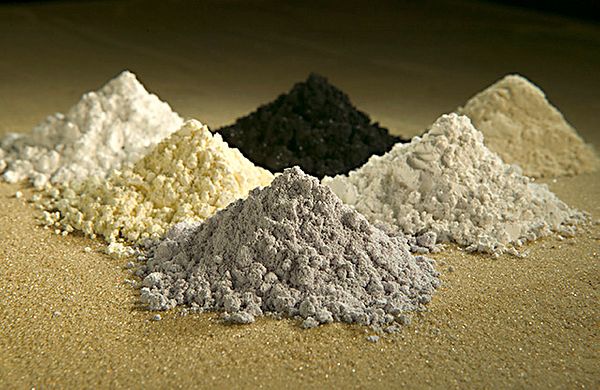Southeast Asia is rich in components needed for the energy transition, including nickel, copper, and tin. International attention to the sector is growing
By Tommaso Magrini
Not just China. Southeast Asia also has a major strategic advantage on its side: the possession of a large amount of rare earth and mineral resources. These are necessary components for the global energy transition, including nickel, copper and tin, but the ASEAN area has high potential to produce more. Not only that. The rare earths in which the area is rich are also crucial for the production of batteries for electric vehicles, one of the most sensitive areas of contention in the near future.
Just think of one figure. In 2022, Indonesia's mines produced about 1.6 million tons of nickel. This figure makes the vast Southeast Asian archipelago the leading producer of nickel from mines around the world. So much so that those resources are particularly coveted by major powers such as China and the United States, which as evidenced by President Joko Widodo's recent reception at the White House are trying to reach a mining agreement.
Chinese companies are estimated to have invested something like $30 billion in Indonesia's nickel supply chain. All within a decade. On the Indonesian islands of Sulawesi and Halmahera, Beijing companies have built refineries, smelters, a new metallurgy school and even a nickel museum. A diversification of the source of investment would be functional for Jakarta, and the United States has decided to shorten the distance, but some say it may already be too late.
In an effort to increase investment in the mining sector, ASEAN mining ministers adopted an Action Plan for ASEAN Mining Cooperation for 2021-2025 (AMCAP-III) in October 2021. The goal is to "create a vibrant and competitive ASEAN mining sector for the welfare of ASEAN peoples." The AMCAP-III sets out how the ten ASEAN countries will work together to build sustainable mining development, mining investment promotion, and human and institutional capacity. AMCAP-III was implemented in recognition of the critical role of minerals of all types in ASEAN economies and sustainable development, as well as in stimulating and enhancing trade integration in ASEAN.
As a report by the Lowy Institute explains, Australia is also particularly interested in deepening relations on the subject with Southeast Asia. A new program, Australia ASEAN Futures Initiative, whose first subprogram is "Economic and Connectivity (ECON)," was launched in mid-2022. Australian companies are the largest investor in mineral exploration in Southeast Asia and the Pacific. In 2022, ASX-listed companies spent about $100 million on mineral exploration, accounting for 28 percent of all exploration investment in the region. In Southeast Asia alone, Australian companies have identified $220 billion worth of mineral reserves and invested $2.6 billion worth of capital in mining, according to an analysis based on S&P Global's mining database.
In addition to long-standing ASEAN development initiatives, Australia is implementing economic development cooperation commitments with Indonesia and other Southeast Asian countries under two trade and investment agreements. Both the Indonesia-Australia Comprehensive Economic Partnership Agreement (IA-CEPA) and the Regional Comprehensive Economic Partnership (RCEP) contain entire chapters on "economic cooperation" to help build capacity for trade and investment.
Meanwhile, Canada, Germany, Japan, Korea, the United States and China are already assisting ASEAN and its member states in implementing the Minerals Action Plan and Information System, as well as building critical minerals supply chains. For Southeast Asia, an opportunity to capitalize on an important strategic advantage.






